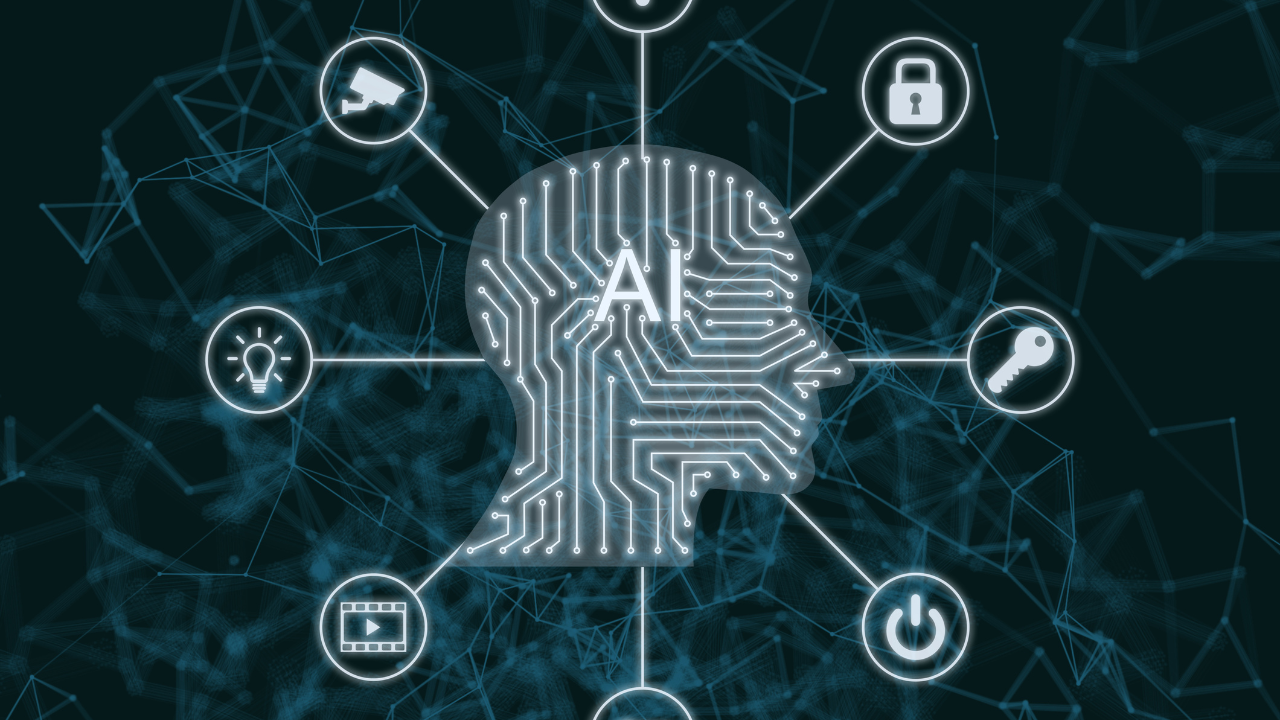



How AI is Making Social Engineering Attacks More Dangerous
In today's digital age, the threat of social engineering attacks has become more advanced than ever before. Traditionally, social engineering attacks rely on manipulating human behavior to trick individuals into revealing sensitive information or taking harmful actions. However, with the rise of artificial intelligence (AI), these attacks have become more sophisticated, personalized, and difficult to detect. AI-powered social engineering attacks are now a serious concern for both individuals and organizations.
This article will explore how AI is being used in social engineering attacks, the risks involved, and how you can protect yourself from falling victim to these kinds of attacks.
What Are Social Engineering Attacks?
Social engineering refers to the use of deception and manipulation to exploit human weaknesses in order to gain access to confidential information, systems, or financial resources. Attackers often pose as legitimate entities, such as banks, government agencies, or even friends and colleagues, to trick victims into giving up their personal data.
In traditional social engineering, tactics like phishing emails, pretexting (creating a fake story to gain trust), and baiting are common. However, these attacks are evolving, and AI is making them more advanced and effective.
How AI is Enhancing Social Engineering Attacks
AI has the ability to analyze large amounts of data quickly, making it easier for attackers to design highly targeted and convincing attacks. Here’s how AI can enhance social engineering attacks:
1. Personalization at Scale
AI can gather data from social media, public records, and other online sources to create highly personalized messages. This makes the attack more believable. For example, AI can generate phishing emails that include personal information like the victim’s name, location, or even details about their workplace, making it harder to detect as a scam.
2. Automated Phishing Attacks
With AI, attackers can automate the process of sending phishing emails to thousands of potential victims. AI can also analyze responses to these emails, identifying which recipients are most likely to engage with the attack. This level of automation allows cybercriminals to target more people while saving time and resources.
3. Deepfake Technology
AI-powered deepfake technology can manipulate audio and video content to make it look like a trusted individual is asking for sensitive information or performing fraudulent actions. For example, attackers can use AI to create a video or voice recording of a company executive requesting a wire transfer or login credentials. Deepfakes can be incredibly convincing, making it harder for victims to recognize the scam.
4. Chatbots and AI Assistants
AI-driven chatbots are commonly used in customer service, but they can also be used for malicious purposes. Attackers can deploy AI-powered chatbots to impersonate legitimate companies or individuals, tricking victims into revealing their personal information through text or voice communication.
Real-Life Examples of AI-Powered Social Engineering Attacks
There have been a few high-profile incidents where AI was used in social engineering attacks:
The “CEO Fraud” Scam
In this type of scam, an AI-powered voice mimicry tool was used to replicate the voice of a company CEO. The attacker called the finance department of the company, posing as the CEO, and requested a large wire transfer. The victim, believing they were speaking to the CEO, followed through with the transaction.
Phishing via AI-Generated Emails
Cybercriminals have used AI to generate convincing phishing emails. These emails often look like official communications from banks or government agencies, with personalized details and logos. AI can also optimize the timing of these emails to increase the chances that recipients will open them.
Social Media Scams
With AI, attackers can scrape data from social media accounts to gather information about a target. They then use this data to craft messages that appear legitimate, such as fake event invitations or job offers, to gain access to personal information.
How to Protect Yourself from AI-Powered Social Engineering Attacks
While AI-powered social engineering attacks are becoming more advanced, there are steps you can take to protect yourself from falling victim to these scams:
1. Be Cautious with Personal Information
Avoid sharing too much personal information online, especially on social media platforms. Cybercriminals can use this data to personalize attacks. Set privacy settings on your accounts to limit who can see your posts and details.
2. Verify Suspicious Communications
If you receive an unexpected email, call, or message requesting sensitive information, verify the source before taking any action. Contact the person or organization directly through official channels — do not use the contact information provided in the message.
3. Look for Red Flags
Even AI-powered attacks can have red flags. Be cautious if the message seems urgent or too good to be true. Spelling and grammar mistakes, incorrect sender addresses, and unverified links are common indicators of a phishing attempt.
4. Use Multi-Factor Authentication (MFA)
Enable multi-factor authentication (MFA) on your accounts whenever possible. MFA adds an extra layer of security, making it more difficult for attackers to gain access to your accounts, even if they manage to obtain your password.
5. Educate Yourself and Others
Stay informed about the latest social engineering tactics and educate those around you. The more people understand the risks and warning signs of these attacks, the harder it will be for cybercriminals to succeed.
Disclaimer:
The content provided in this article is for informational purposes only. Myedugoal does not offer legal, financial, or professional advice. For guidance regarding any cybersecurity concerns, social engineering attacks, or related matters, please consult with a qualified professional or expert in the field.
#trending #latest #Myedugoal #AIAttacks #SocialEngineering #CyberSecurity #DigitalSafety #PhishingAttacks #StaySafeOnline #AIThreats #TechAwareness #CyberAwareness #ProtectYourData #SecurityTips

University Internships That Help You Get a Job After Graduation... Read More.

Is It Smarter to Start at a Community College... Read More.
 Fake posts hit Czech PM Fiala's X
Fake posts hit Czech PM Fiala's X
Fake posts disrupt Czech PM Fiala's X account security
 Switzerland Tightens Export Rules
Switzerland Tightens Export Rules
Switzerland expands export controls on dual-use goods
 Google unveils Ironwood AI chip
Google unveils Ironwood AI chip
Google introduces Ironwood chip to accelerate AI tasks & apps
 TSMC Q1 revenue up 42%
TSMC Q1 revenue up 42%
TSMC sees 42% revenue surge in Q1, surpassing forecasts
 Amazon CEO Outlines AI Vision
Amazon CEO Outlines AI Vision
Amazon CEO reveals AI investment plans in new letter
 Osaka Hosts World Expo 2025
Osaka Hosts World Expo 2025
Japan blends tech and culture at Osaka Expo 2025 launch
 A16z Plans Big Bet on AI Startup
A16z Plans Big Bet on AI Startup
A16z may lead huge round in ex-OpenAI CTO’s new AI firm.
© MyEduGoal. All Rights Reserved. Design by markaziasolutions.com